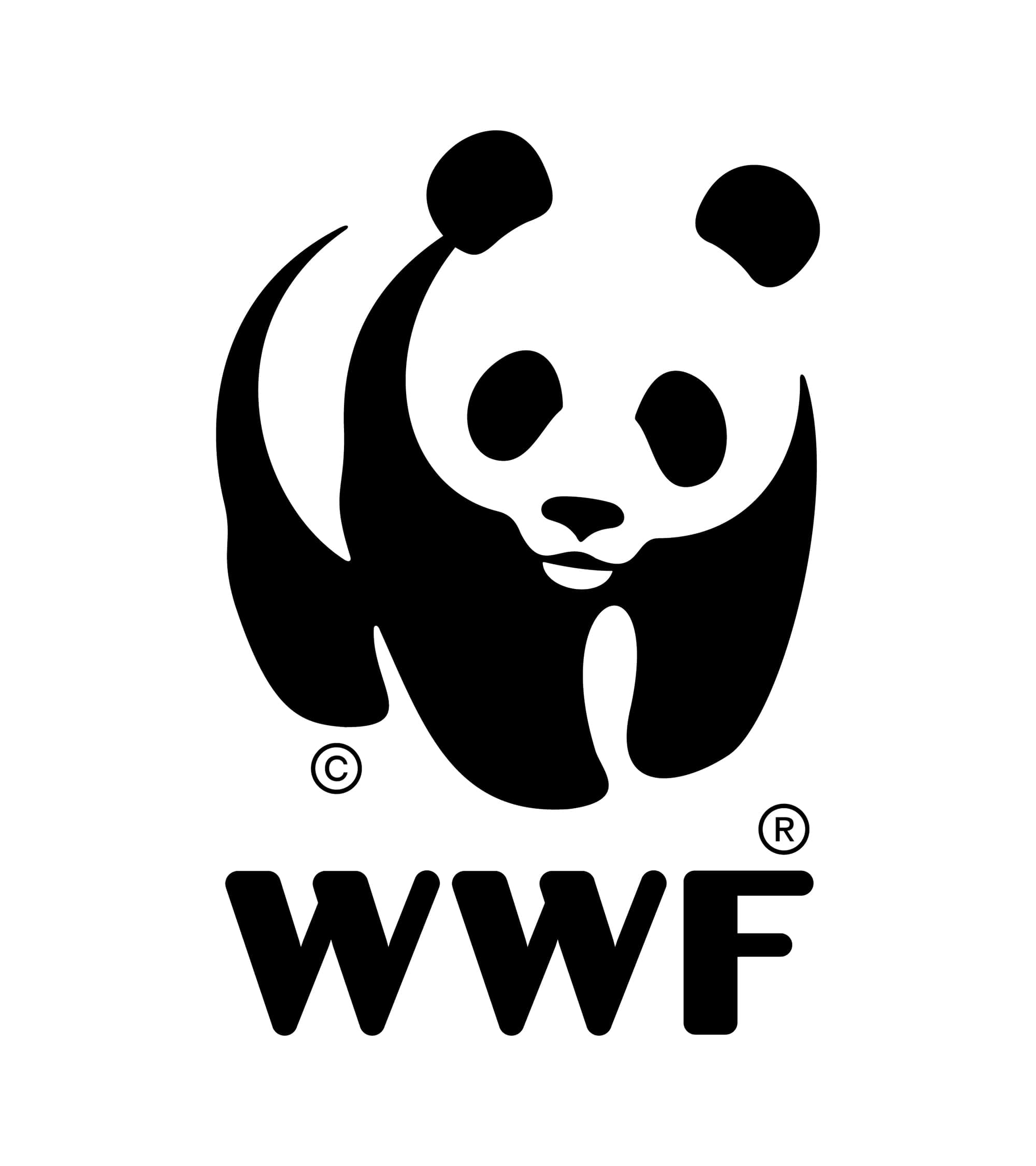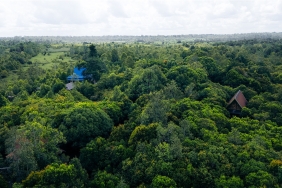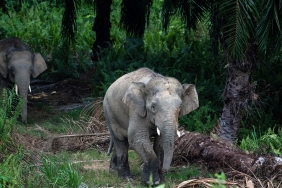TIGER CONSERVATION ROARS FORWARD IN 2010, BUT GREAT STRIDES STILL REMAIN: INDONESIA CAN MAKE A DIFFERENCE AT THE INTERNATIONAL TIGER FORUM.
With its population in the wild at just 3,200, the tiger is on the brink of no return. Tiger countries, including Indonesia, have stepped up their interventions, producing a raft of new initiatives, partnerships and legislation to meet the challenge of conserving their forest icons ahead of the International Tiger Forum, held November 21 to 24 in St. Petersburg, Russia. The Forum provides the next best opportunity for the government of Indonesia to demonstrate that it means to put an end to the decline in this country.
The Forum, also known as the tiger summit, is a groundbreaking international meeting involving high-level representatives of tiger countries, and their local and international partners, where a declaration on tiger conservation and a global tiger recovery programme are expected to be put into action. As the Year of the Tiger on the Chinese Lunar Calendar draws to a close, efforts to save wild tigers from extinction by countries where they still roam have heated up, producing an unprecedented response to the fate of this global icon of beauty, strength and mystery.
“There is a lot to celebrate during the year,” stated Mike Baltzer, head of WWF’s Tigers Alive Initiative, “but we hope we will have a lot more to celebrate after the International Tiger Forum. That’s when the real hard work has to start. The governments of the Tiger Range Countries have demonstrated their willingness to stop the extinction of the tiger but we hope to see strong commitments turn into immediate action straight after the meeting in St. Petersburg. WWF is ready to commit whatever it can to help to support any transformational action that the leaders announce in St. Petersburg”.
The accomplishments in 2010 in Indonesia were impressive, including:
- Sumatra island-wide survey carried out to obtain up-to-date tiger habitat occupancy data.
- Sumatra Vision Road Map launched, which represents an action plan to implement ecosystem based land-use planning, protecting all remaining HCVF (high conservation value forest) and restoring critical areas that provide ecosystem services.
- RIMBA initiative announced. RIMBA is a commitment for three of Sumatra’s key provinces for conservation – Jambi, Riau and West Sumatra –to implement best practices in sustainable spatial planning and low carbon development, providing protection for three of six priority tiger landscapes in Sumatra.
- Minister of Forestry pledged no more conversion of virgin forest and peat swamp forest in Sumatra in the next two years
- US$ 1 billion allocated for REDD+ in Indonesia by the Government of Norway. Some of this funding may support tiger forests in Sumatra.
WWF is reminding all the tiger countries, however, that despite these impressive gains, the there is much work to be done. The tiger cannot be saved from extinction without a strong Tiger Conservation Declaration and Global Tiger Recovery Programme, with each country redoubling their commitments. Specifically Indonesia can become integral to the process by:
- Protecting 7,341,300 hectares of forest in Tiger Conservation Landscapes in Sumatra.
- Developing stronger regulations for better law enforcement to stop illegal wildlife trade in the priority tiger conservation landscapes.
“This has been a remarkable year for wild tiger conservation,” concluded Dr. Efransjah, “but all that has been accomplished will be for naught if the International Tiger Forum does not result in Indonesia taking their work to the next level through sustained will, specific plans and concerted action on the ground. Let’s put the last half of the celebration on hold until we permanently reverse the tiger’s decline and again restore their place as the essence of true wildness and our abundantly diverse natural world.”





